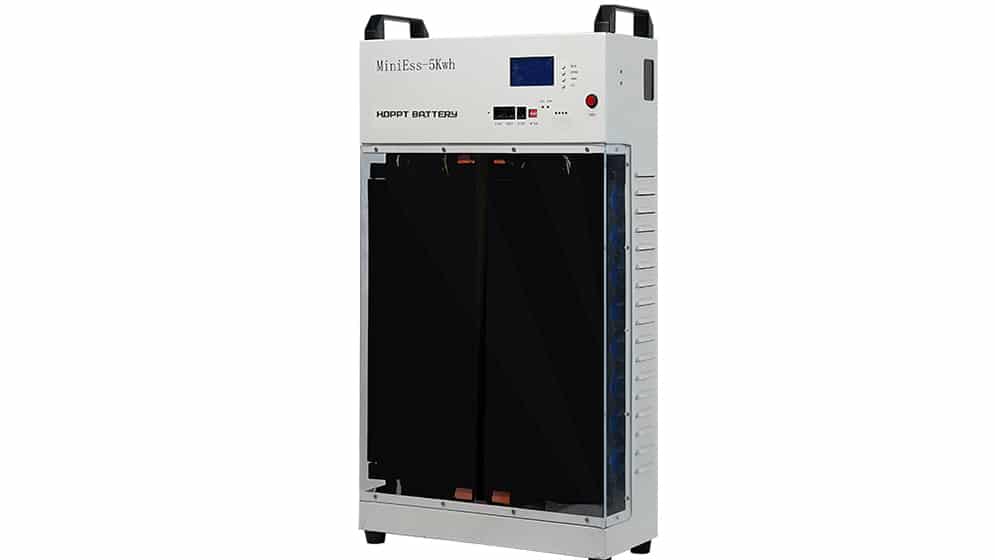- Curved Lithium Polymer battery
- Fast Charge Polymer Battery
- Flexible Polymer Lithium Battery
- Ultra-thin Polymer Battery
/ Blog / Battery Knowledge /
How to recharge a battery
14 Dec, 2021
By hoppt

Batteries are the best way to store energy. They are devices that convert chemical energy into electrical energy. It' They can be used for many different things, like powering your home appliances or even your mobile phones and tablets. But how do you know if your batteries have enough charge left in them? And what happens when they run out of charge? Here we'll discuss how to recharge a battery, including a powerwall battery, and how to tell when it's time to replace them.
Recharging using a battery charge
A battery charger is an electronic device that uses electricity to recharge a battery. There are two types: one type charges a single cell battery; another type recharges multiple cells such as those found in a car battery or a laptop computer battery.
Charging single-cell batteries
The first step involves identifying the most appropriate charger for that battery. This will depend on the size of the battery, whether it has been fully discharged before charging, and other factors. For example, some small lithium-ion batteries cannot be charged with a standard household current supply because they require more voltage than this. In this case, you may need to use a specialized charger designed specifically for these batteries.
Once you have identified the correct charger for your battery, plug it in and turn on the switch. The charger should start working within seconds.
The next step involves inserting each battery to the charge using the right configuration (note the positive and negative terminals). The positive ends of both charger and battery should be in contact and likewise to the negative ends.
If the batteries are not charging, check the wiring connections between the charger and the battery.
If the charger does not work, then there could be a problem with the battery itself. Check the following points:
• Is the battery connected securely to the charger?
• Has the battery been fully discharged before charging?
• Does the battery appear damaged?
NB: You must not charge sing-use batteries.
Charging multiple cell batteries, e.g., car batteries
Multiple-cell batteries are usually made up of several cells connected together in series. A typical lead-acid battery consists of six to eight individual cells. Each cell contains a pair of plates separated by a liquid electrolyte. When a battery is being charged, the cells are connected in series so that all the plates receive equal amounts of charge.
You might first need to remove the battery from the car to allow access to the terminals.
The next step is to determine the battery voltage. You can measure this using a voltmeter. Make sure that the meter is set to read volts rather than amps. If you don't have a voltmeter, you can also ask someone else to help you.
To determine which charger to use, look at the manufacturer's instructions. You will find information about the maximum amperage that the charger can deliver and the minimum voltage required.
When connecting the charger to the battery, ensure that the positive terminal is connected to the battery's positive post and the negative terminal is connected to the negative post.
After connecting the charger to the positive and negative posts of the battery, connect the charger to a suitable power source. Most chargers come with their own power supplies. However, you may need to adapt the power supply to suit your needs.
To ensure that the battery is getting enough charge, check the voltage level every few minutes until it reaches the recommended level. At this point, the battery is ready for use.



